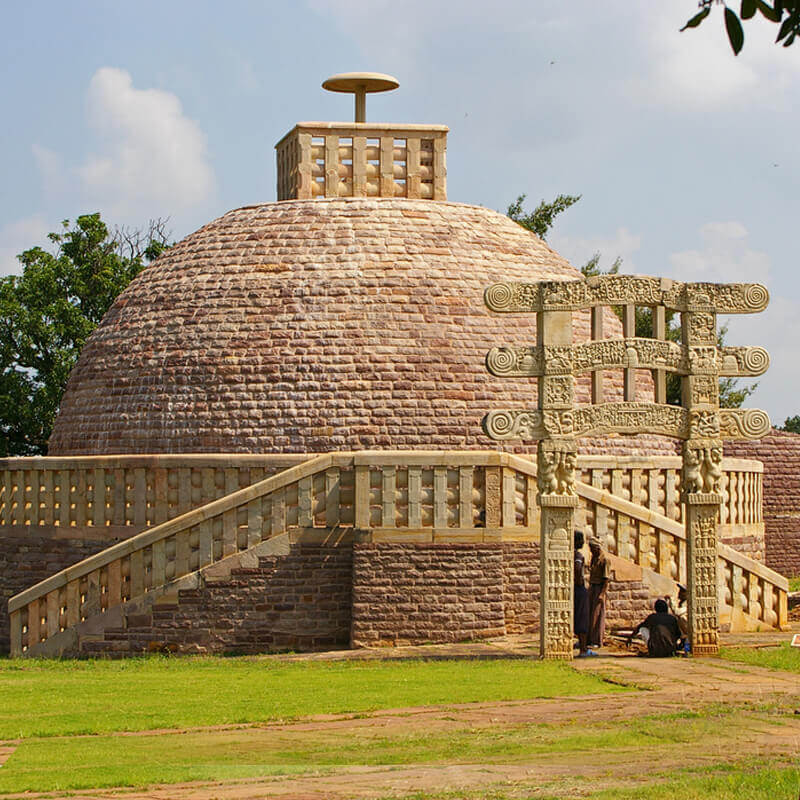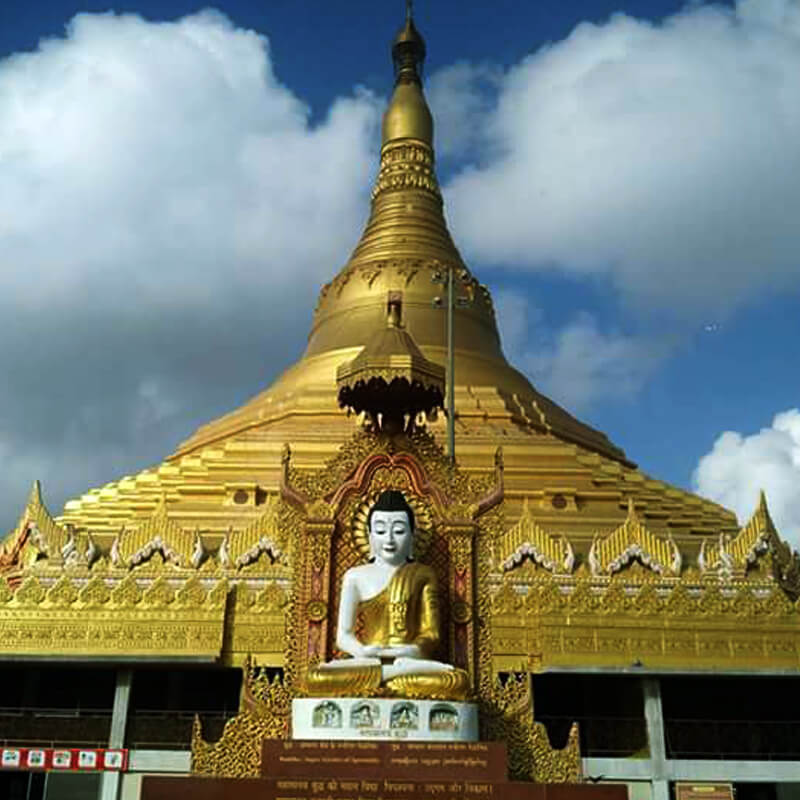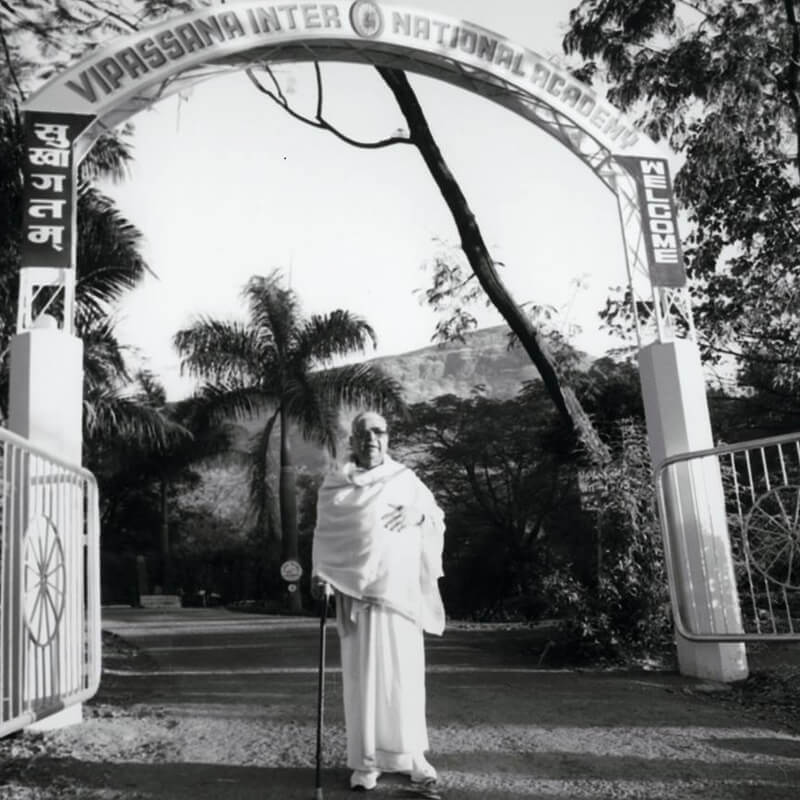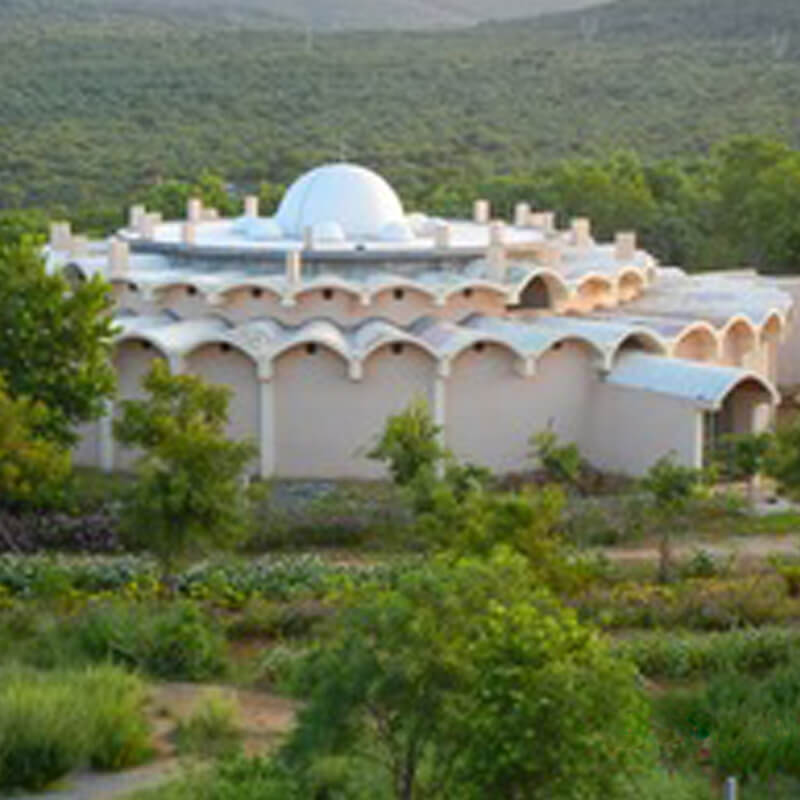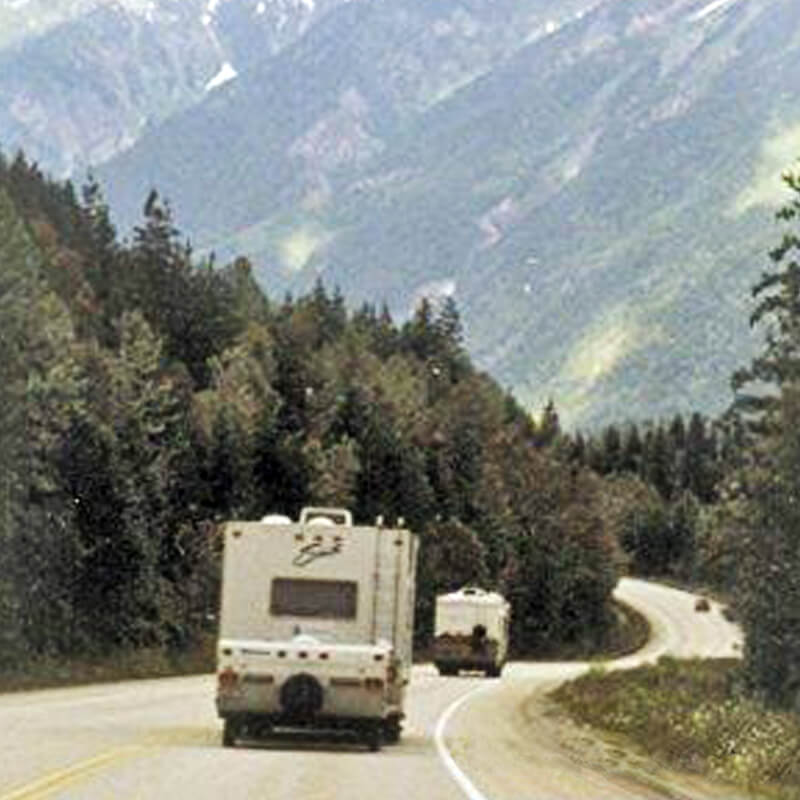मानव मानव में जहाँ , भेदभाव ना होये,
निजहित परहित सर्वहित—
सत्य धरम है सोय।Between one person and another making no distinction;
of benefit to oneself, to others, to all—
this is true Dhamma.—S.N. Goenka
The past two decades have transformed South Africa, and one of the changes has been the introduction of Vipassana meditation.
Until the 1990s, sanctions against the apartheid regime made travel to and from India difficult. When apartheid was abandoned and the sanctions were lifted, at last the way was open for the Dhamma.
In October 1999, a small course was organized in KwaZulu-Natal province, conducted by an assistant teacher from India. This was followed by courses in various parts of the country, but by December 2001 the focus of activity became the province of Western Cape. Soon courses were being offered four times a year, and in 2002 the Vipassana Association of South Africa was formed.
Arrangements were basic in those early days, recalls one of the people who was then involved: “Courses initially were run out of two tin trunks and with six gray cushions. (They still are used for checking students!) Gradually we began to accumulate the logistical and practical items required: pots and pans, notices and so on—and eventually cushions as well.”
The great hope was to acquire a property for a permanent center. In fact a piece of land had been donated, and Goenkaji gave it the name of Dhamma Pataka, “Banner of the Dhamma.” But it was in a remote location and lacked infrastructure. Reluctantly the Association decided to sell it and look for a more suitable site.
In December 2004, a group of meditators had plans to fly to India to join the Teachers’ Self Course at Dhamma Giri. Days before their departure, the Association heard about a property of seven hectares (17 acres) that had just come on the market. Its name sounded promising: Rustig—Afrikaans for “peaceful.”
Some of the group rushed to view the property. In their eyes, it was simply perfect. The students caught their flight and reported this development to Goenkaji. Meanwhile negotiations proceeded to purchase the site, which became the new home of Dhamma Pataka. Only a few months after taking possession in 2005, the Association was able to organize a first course.
Dhamma Pataka is located about 130 kilometers (81 miles) from Cape Town, South Africa’s second-largest city. It can easily be reached by car, train or bus. The center stands at the end of a road in a fertile valley. The land is protected on three sides by dramatic sandstone mountains, and the sun stains these red when it rises and sets. One of the mountains is Audenberg, a majestic peak towering more than 1,700 meters (close to 5,600 feet). Next door is a game park, and meditators on courses may catch glimpses of zebras, giraffes, elephants and antelopes. In winter the peaks are snow-covered, but summer temperatures can soar into the high 30s Celsius (approaching 100° Fahrenheit) and wildfires break out on the mountain slopes.
Originally, the center was a holiday resort. The existing buildings are set in a wide horseshoe, with a large field or paddock in the middle. At the top of the horseshoe, facing down the valley, is the main farmhouse; this now holds the meditation hall, with space for about 48 students. Adjoining it are 19 cells. Students and servers sleep in chalets—residences originally intended for families on holiday;some of these can hold up to six people, while others have space for three. There are two teachers’ residences and an office building. Children’s dormitories have been converted to men’s and women’s dining halls, separated by a fully modernized kitchen.
The gardens are being allowed to return to a more indigenous state, but apricot, pomegranate, fig, mulberry and quince trees bear fruit in sufficient quantities to be served in the dining rooms. Delicious water comes from deep boreholes. Students have plenty of space for walking, and the distance from one building to another ensures that everyone gets plenty of exercise.
All the ethnic groups that make up South African society are represented on courses. The center also receives students from other countries in Africa, including the Democratic Republic of Congo, Lesotho, Namibia, Zimbabwe, Ghana and Nigeria. People come as well from Europe, the Americas and East Asia. On a recent course, for example, there were students from Lesotho, Serbia, Germany and the United States—apart from English- and Afrikaans-speaking South Africans.
With the exception of the kitchen, the original buildings have not undergone extensive changes. They all do the job but they require considerable maintenance. The Association is planning renovation and construction projects, to be undertaken over the next 10 to 15 years. These will raise the capacity of the center to 120 meditators. The most urgent tasks are building new students’ residences and expanding the meditation hall. Later the Association plans to construct a new hall and more residences. Other priorities are more meditation cells, plus a new kitchen and dining areas.
Final plans are now in preparation, and the Association is consulting with local authorities to be sure of their approval. Even now, however, the accommodation is comfortable if simple.
Dhamma Pataka stands not far from where the Indian and Atlantic oceans meet at the southernmost point of the African continent. It is poised between East and West, and has strong connections with both. At first nearly all the courses were covered by assistant teachers coming from India. More recently, local assistants have been able to handle most of the year-round schedule of courses. Nevertheless the bond with India remains strong, and so is the connection with Europe.
Above all, however, Dhamma Pataka is its own unique place. Flying the flag of Dhamma, it provides a wonderful environment in which to discover real peace and happiness.
For more information, visit www.pataka.dhamma.org or contact [email protected].
(Courtesy: International Vipassana Newsletter, June 2012 issue)

